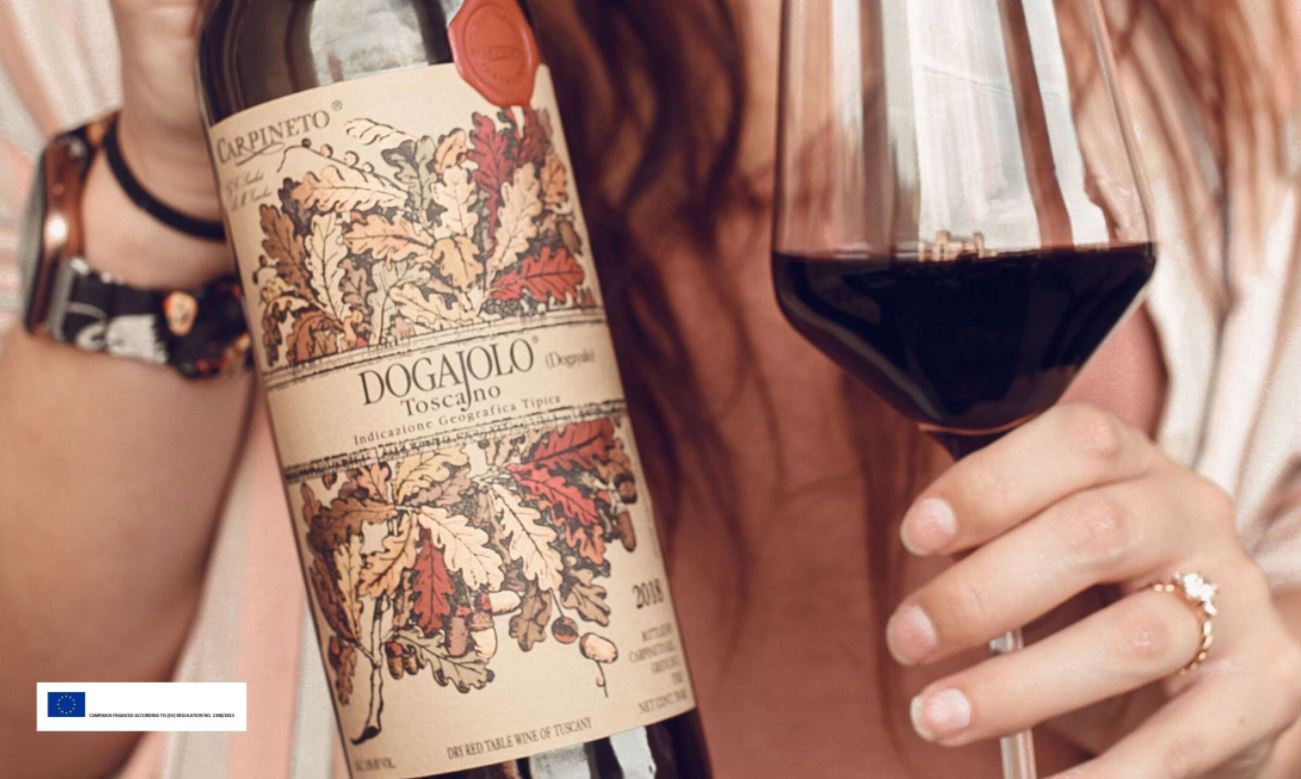It may not be familiar to most of us, but the history of the word “sommelier” is a fascinating one with its first known use occurring in 1829. It comes from the Old French “sommier,” a beast of burden, so this was the officer in charge of the transportation of provisions and was the driver of the pack animals. Some credit is also given to the Latin “saugmarius” and “sagma packsaddle.”
The discerning term is used for the wine steward in fine restaurants, who is a trained professional in the specialized knowledge, ordering, serving, and food pairing of a wide variety of wines and who is as important as the chef de cuisine. The magic of wine and the vast amount of information that has to be gleaned and learned about each individual bottle and its vineyard is a huge task and requires a fountain of knowledge to be maintained in the steward's memory.
Sommeliers in most of today's restaurants concentrate on suggesting higher end selections of the finest vintages available in order to bring more profit to their employers, but must still find appropriate less-acclaimed vintages for the house pours to make customers happy who cannot afford the higher-priced wines.
If you also are curious as to where the word “restaurant” comes from, it stems from the French root word that means "to restore." The first dining venues were ones that offered restorative food during the French Revolution. The profession of chef was once a job that was funded by aristocrats. However, after the Revolution, that class ended up being wiped out, and many chefs found themselves unemployed. Some of them began opening their own small shops to cook for the public, which was how many of the early 18th century restaurants started to flourish.
The first sommeliers back then were often rejected cooks who filled the increasing needs of restaurants for beverage professionals. Their jobs dealt with barrels and some bottles because estate bottling and shipping corked glass bottles with the vineyard's individual labels didn't become the standard for transporting wine until the mid-1900s. Later, wine packaging was easily accessible in one-meal portions with wine that could be aged in a variety of years, and that proved to be popular with the restaurant patrons.
Now remember that a sommelier is only as important as their tools. Here are a few things worth keeping in the toolbox:
Brunello di Montalcino DOCG, Chianti Classico Riserva DOCG, Vino Nobile di Montepulciano Riserva DOCG, Dogajolo Toscano Bianco IGT.
Now remember that a sommelier is only as important as their tools. Here are a few things worth keeping in the toolbox:
Brunello di Montalcino DOCG, Chianti Classico Riserva DOCG, Vino Nobile di Montepulciano Riserva DOCG, Dogajolo Toscano Bianco IGT.





